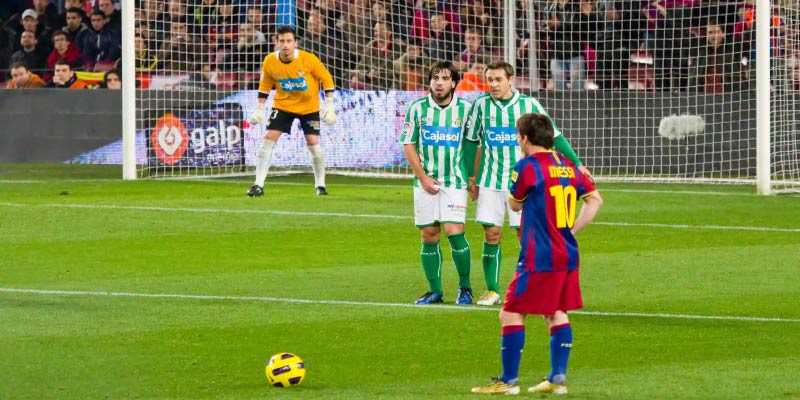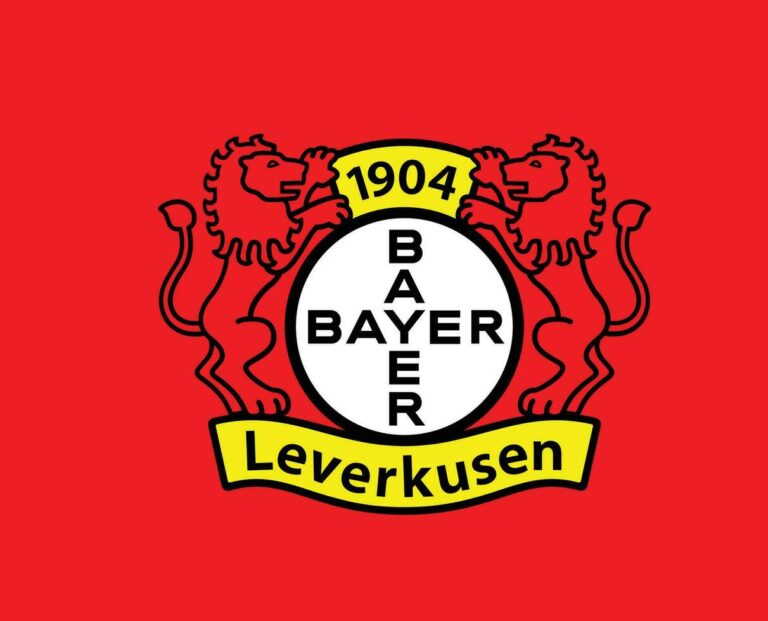
Free-Kick in Football: How to Score Stunning Goals You Can’t Miss!
A free-kick in football is more than just a chance for players to showcase their skills; it’s a moment that can change the entire course of a match. As tension rises, fans eagerly await the strike, hoping for a goal that could leave the goalkeeper powerless. In this blog post, we delve into the art of free-kicks, exploring their techniques, iconic moments, and their undeniable impact on the game, brought to you by 77BET.
Introduction to Free-Kick in Football
A free-kick occurs when the referee awards an attacking team a set-piece opportunity after a foul is committed by a defending player. This crucial aspect of football showcases the beauty of the game, blending precision, power, and creativity into one breathtaking moment. Understanding the nuances of free-kicks can enhance a player’s performance and elevate a team’s chances of scoring.
What is a Free-Kick?
At its core, a free-kick is a method of restarting play after a foul has been committed. It allows the team that has been fouled to attempt to score directly or indirectly from the spot where the infringement occurred. A direct free-kick permits a shot on goal without any intervening touches from other players, while an indirect free-kick requires the ball to touch another player before a goal can be scored.
The Mechanics of a Free-Kick
When awarded a free-kick, players must quickly assess the situation. They should consider factors such as distance from the goal, the angle of the kick, and the positioning of teammates and defenders. Each of these elements plays a crucial role in determining whether the free-kick will be executed as a direct or indirect attempt.
Rule Interpretations and Misconceptions
Many people believe that all fouls result in a free-kick opportunity. However, the rules specify that certain infractions, like minor fouls or those occurring in the penalty area, lead to different outcomes, such as penalties instead of free-kicks. Understanding these subtleties can help players and fans appreciate the tactical importance of each decision made during the game.
The Importance of Free-Kicks in Football Matches
In high-stakes matches, free-kicks can often be the difference between victory and defeat. Their potential to swing momentum creates palpable tension in stadiums, as both players and supporters anticipate what might unfold.
Tactical Advantages
Free-kicks provide teams with unique tactical advantages. Coaches often designate specific players to take these opportunities based on their skill levels and playing styles. By planning carefully and recognizing the strengths of their key players, teams can create effective strategies that maximize scoring chances.
Psychological Warfare
The psychological element of free-kicks cannot be overlooked either. A well-executed free-kick can instill confidence in the attacking team while simultaneously demoralizing the opposition. The pressure mounts as players prepare to take their kicks, knowing that they can influence the game’s outcome.
Types of Free-Kicks in Football (Direct, Indirect)
Understanding the two primary types of free-kicks—direct and indirect—opens up new tactical possibilities for players and coaches alike.
Direct Free-Kicks
As the name suggests, a direct free-kick allows players to shoot directly at the goal. These are typically awarded for more serious fouls, such as handballs or tackles from behind.
Players renowned for their direct free-kick prowess, such as Lionel Messi and Cristiano Ronaldo, often aim for strategic spots, making use of clever angles and precise strikes.
Indirect Free-Kicks
Indirect free-kicks require the ball to touch another player before a goal can be scored. These opportunities often arise from less severe infractions, such as offside calls or dangerous play. While they may appear less threatening than direct free-kicks, clever execution and teamwork can turn these situations into scoring opportunities.
Coaches often devise intricate plays involving multiple players surrounding the ball to confuse the defense. Such plays highlight the creative aspect of football and illustrate how even seemingly mundane situations can lead to spectacular moments.



